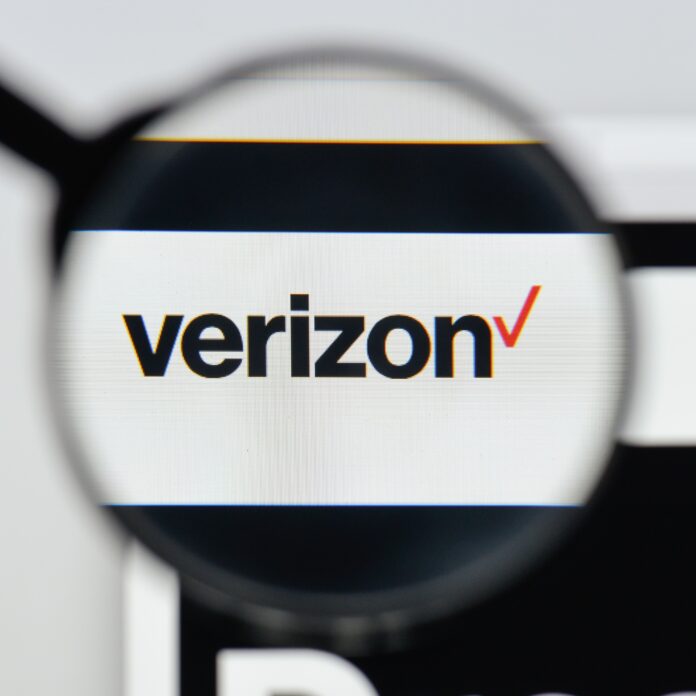Verizon reported 100,000 postpaid phone customers adds in Q3
While Verizon’s Q3 2023 earnings were down from last year, both its earnings and wireless subscriber growth topped Wall Street estimates, giving the carrier a much-needed boost in the stock market, with shares rising more than 8% in early trading.
Analysts predicted a Q3 gain of 63,000 postpaid phone subscribers; however, Verizon reported 100,000 postpaid phone customers adds for the quarter, compared to an 8,000 gain in the year-earlier period, and total wireless service revenue was $19.3 billion, a 2.9% increase year-over-year. Total retail postpaid churn was 1.15%, and retail postpaid phone churn came in at 0.9%.
Free cash flow also jumped 28% to 6.7 billion, again beating expectations of $5.2 billion. As a result, the carrier upped by its full-year free cash flow outlook by $1 billion to $18 billion.
Verizon also reported total broadband net additions of 434,000, which it said is the fourth consecutive quarter of hitting more than 400,000 broadband net additions. Total broadband net additions included 384,000 fixed wireless net additions, an increase of 42,000 fixed wireless net additions from third-quarter 2022. Verizon now has approximately 10.3 million total broadband subscribers, including nearly 2.7 million subscribers on its fixed wireless service.
Verizon’s total consumer revenue in Q3 was $25.3 billion, a decrease of 2.3% year-over-year and its total business revenue was $7.5 billion, a decrease of 4% year-over-year.
During an earnings call, Verizon executives said that in addition to focusing on delivering growth across key metrics and continuing momentum in consumer mobility, the carrier will prioritize deploying its remaining C-band spectrum. The carrier continues to target 45 million FWA subscribers on C-band by 2025, Verizon Chairman and CEO Hans Vestberg confirmed.
In August, Verizon secured full access to its C-band licenses, four months earlier than expected. At the time, the company said full access means it can now more quickly double and, in some cases triple, the 5G bandwidth of its 5G mmWave and C-band network, which is calls 5G Ultra Wideband. “C-band is a game changer for our business, giving us better customer retention… as well as a strong broadband opportunity with fixed wireless access,” Vestberg said this morning on the call. “Every day we see the benefits of our generation investment in CC-band spectrum.”
In fact, he explained that Verizon right now does not see any need to add fiber to its current footprint, and will instead focus on increasing broadband subscribers with fixed wireless access because it’s a “superior product.”
The additional C-band that Verizon secured this summer, said Vestberg, will initially go augmenting the urban areas that already have established sites and then early next year, the company will begin deploying the spectrum in suburban and rural areas. “That is an even greater opportunity for us because there are more underserved markets and fixed wireless access will come extremely quickly into those market,” he said.

